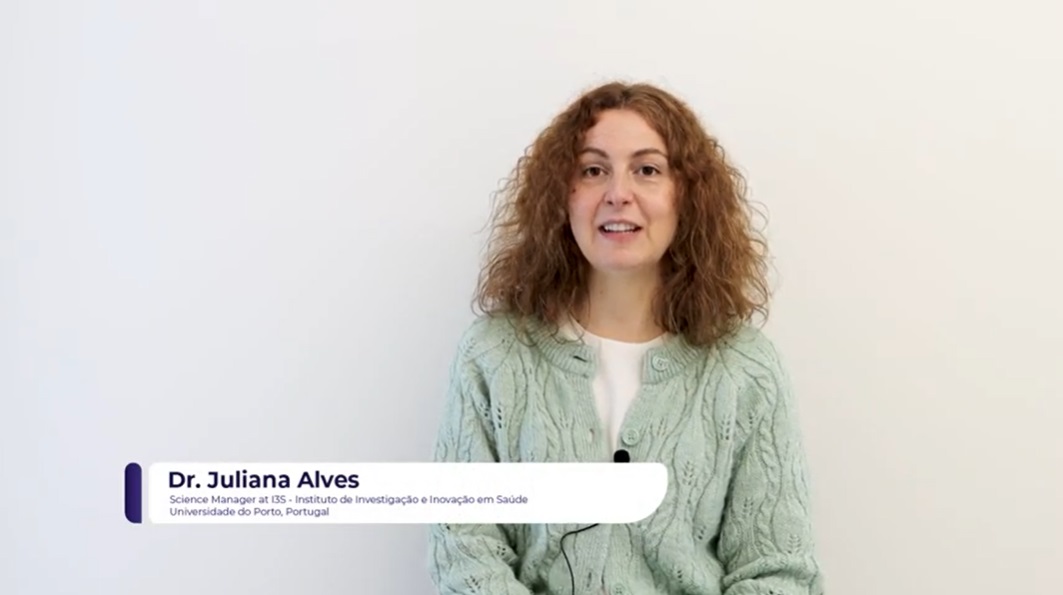A set of experiments with human ligaments to investigate possibilities of mid-infrared spectroscopy predicting human ligament’s biochemical composition were provided.
Researchers working on the MIRACLE project from the University of Eastern Finland with the University of Oulu have provided a set of experiments with human ligaments to investigate possibilities of mid-infrared spectroscopy to examine ligaments biochemical composition.
The main scope of the MIRACLE project is to implement and demonstrate an innovative and easy-to-operate mid-infrared (MIR) probe for minimally invasive arthroscopic surgery enabling in-depth diagnosis of articular cartilage. Cartilage is one of the three connective tissue types of the knee joint; the other is ligaments and meniscus. The knee joint’s health depends on the balanced distribution of mechanical loads managed by these three connective tissue types. If one of these components is compromised, the initial trauma and successive uneven loading conditions can result in a cascade degeneration of other components, eventually leading to osteoarthritis (OA). OA is an irreversible degenerative disease of synovial joints, primarily characterized by the erosion of articular cartilage. OA causes loss of mobility, considerable pain, and an overall reduction in quality of life and is a substantial global socioeconomic burden. Ligaments and their mechanical properties, therefore, play a crucial role in determining the function and overall condition of the knee. Deterioration of ligaments harms the health of the knee and can eventually lead to ligament rupture and OA.
Preliminary results show that the mid-infrared (MIR) probe implemented by the MIRACLE consortium can examine articular cartilage and ligaments biochemical composition during arthroscopy surgery. That would be of high value to assist orthopaedic surgeons in diagnosing OA, facilitating the intraoperative decision-making and improving the patient’s prospect.


